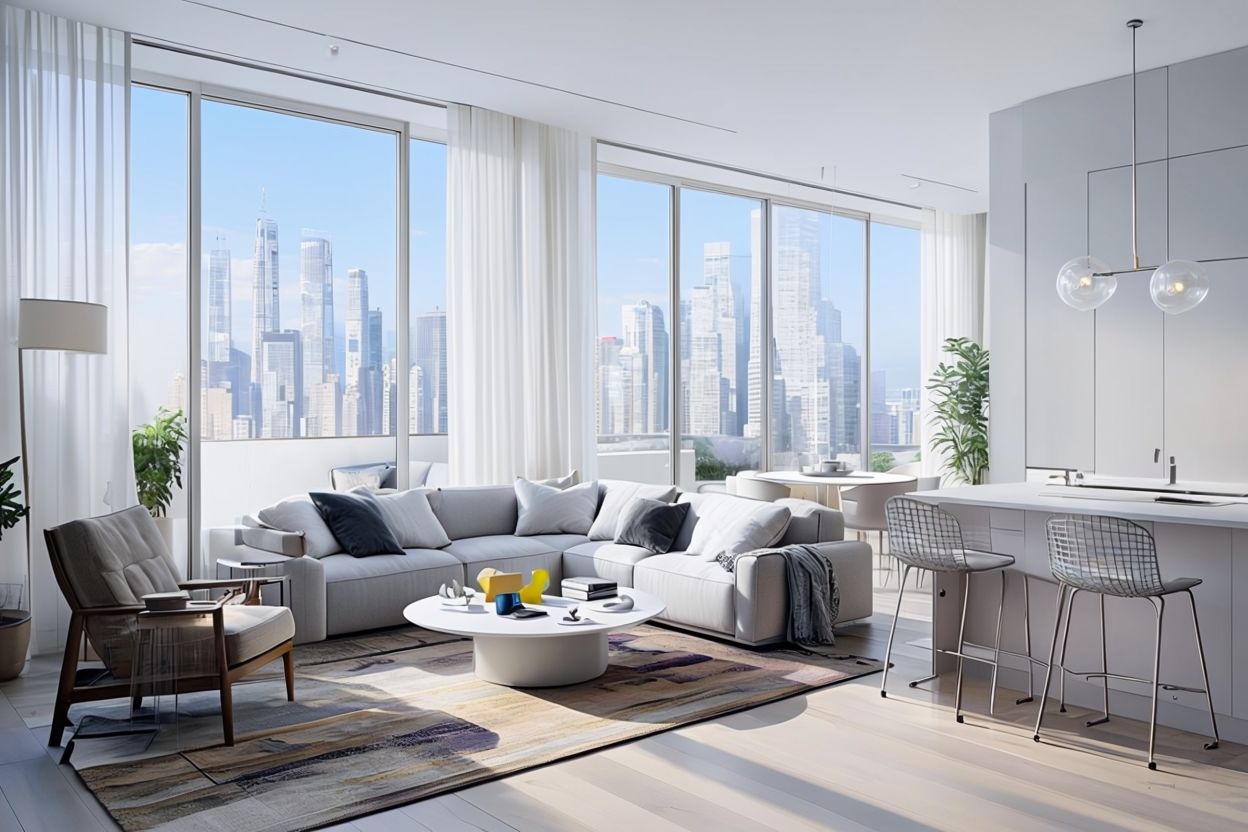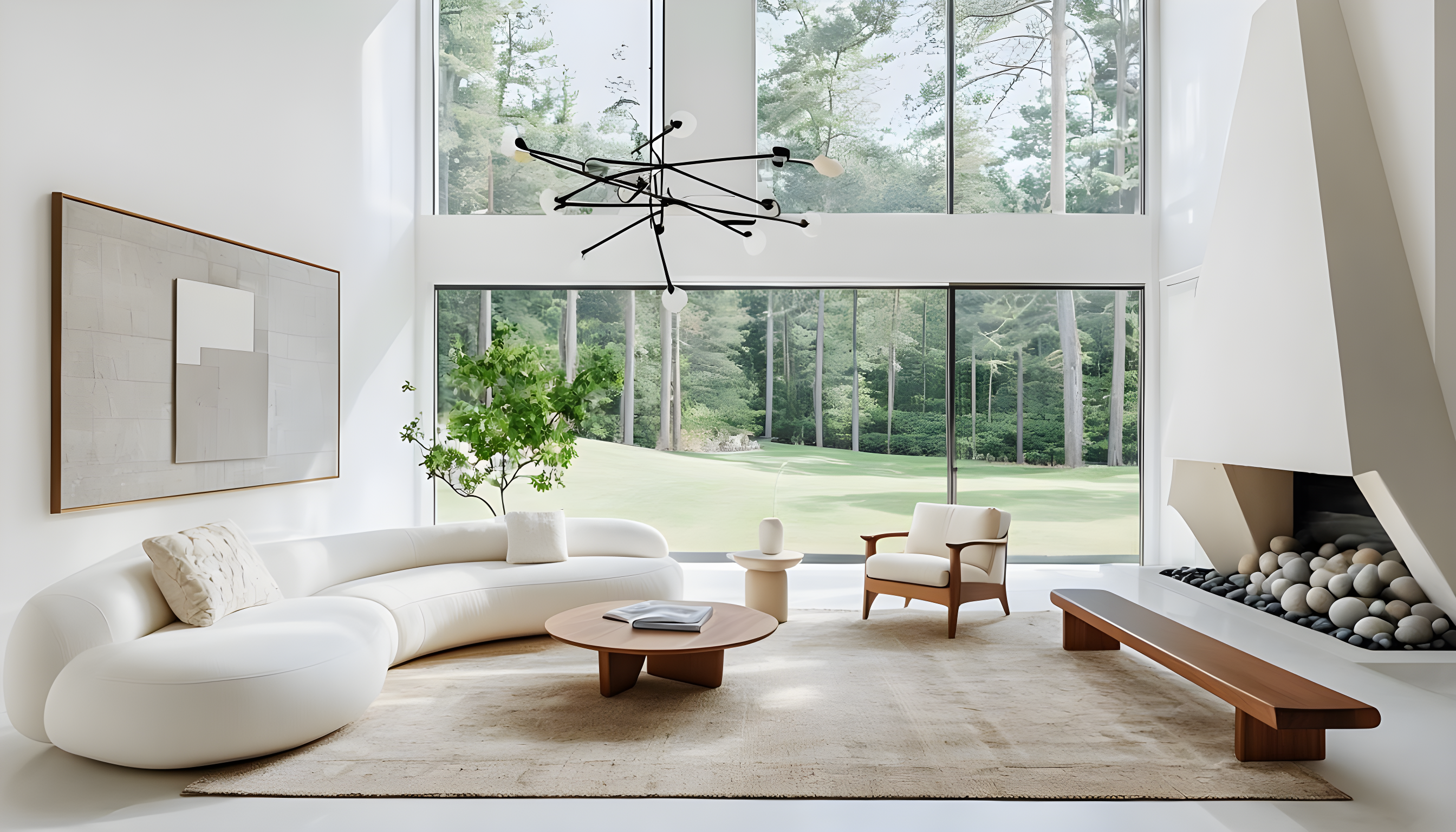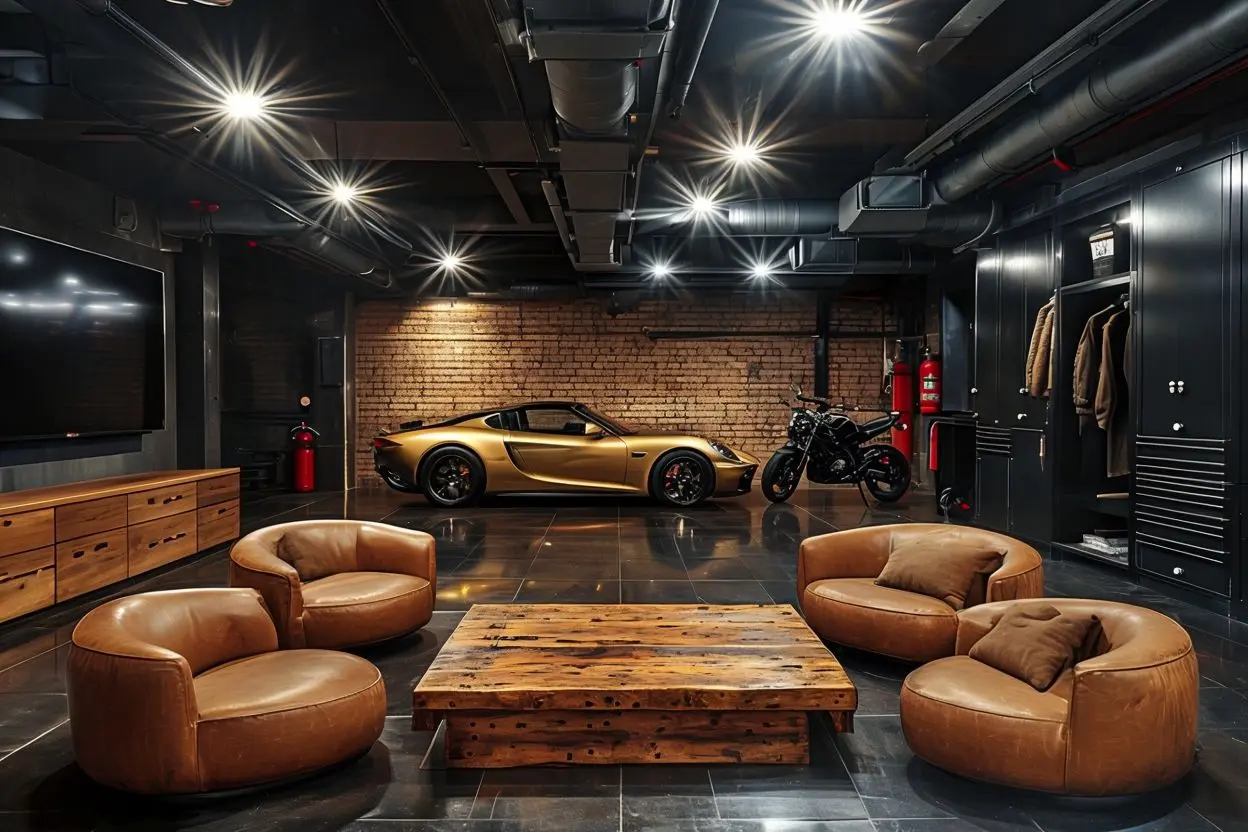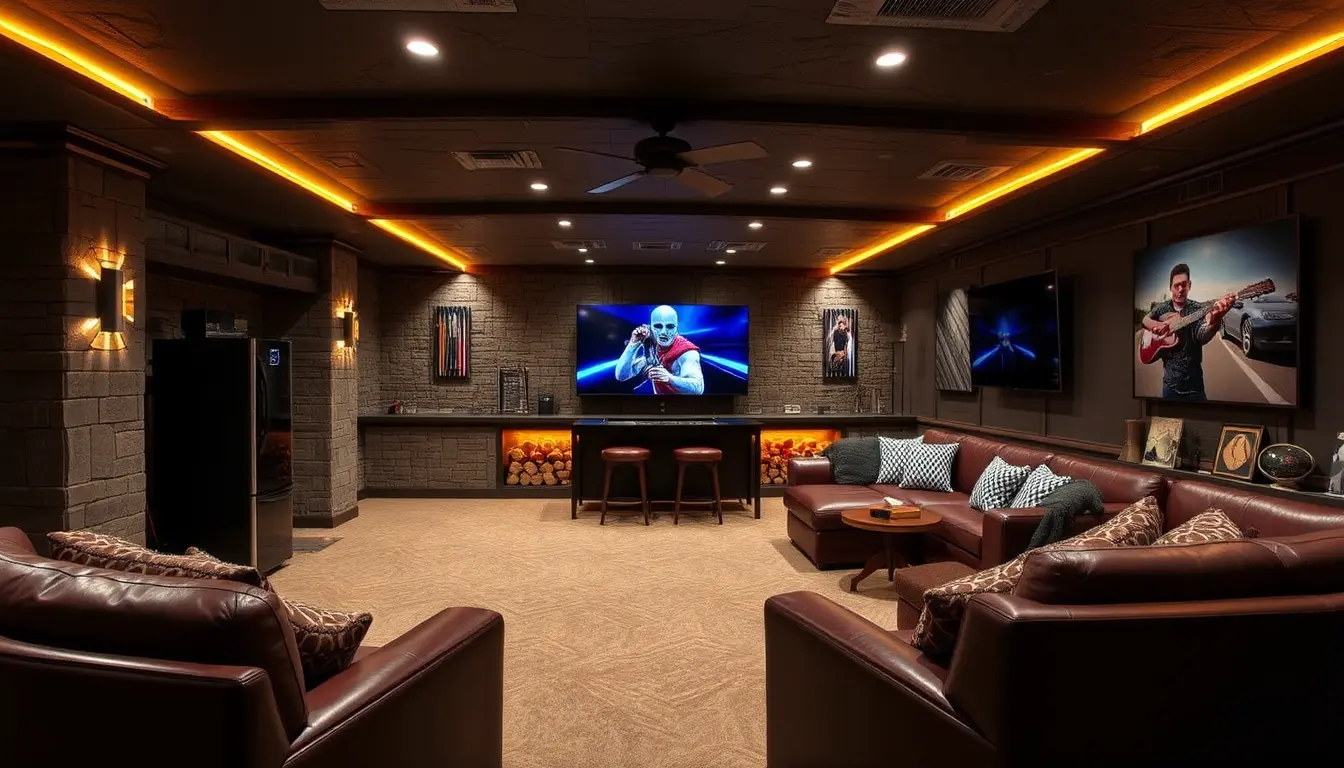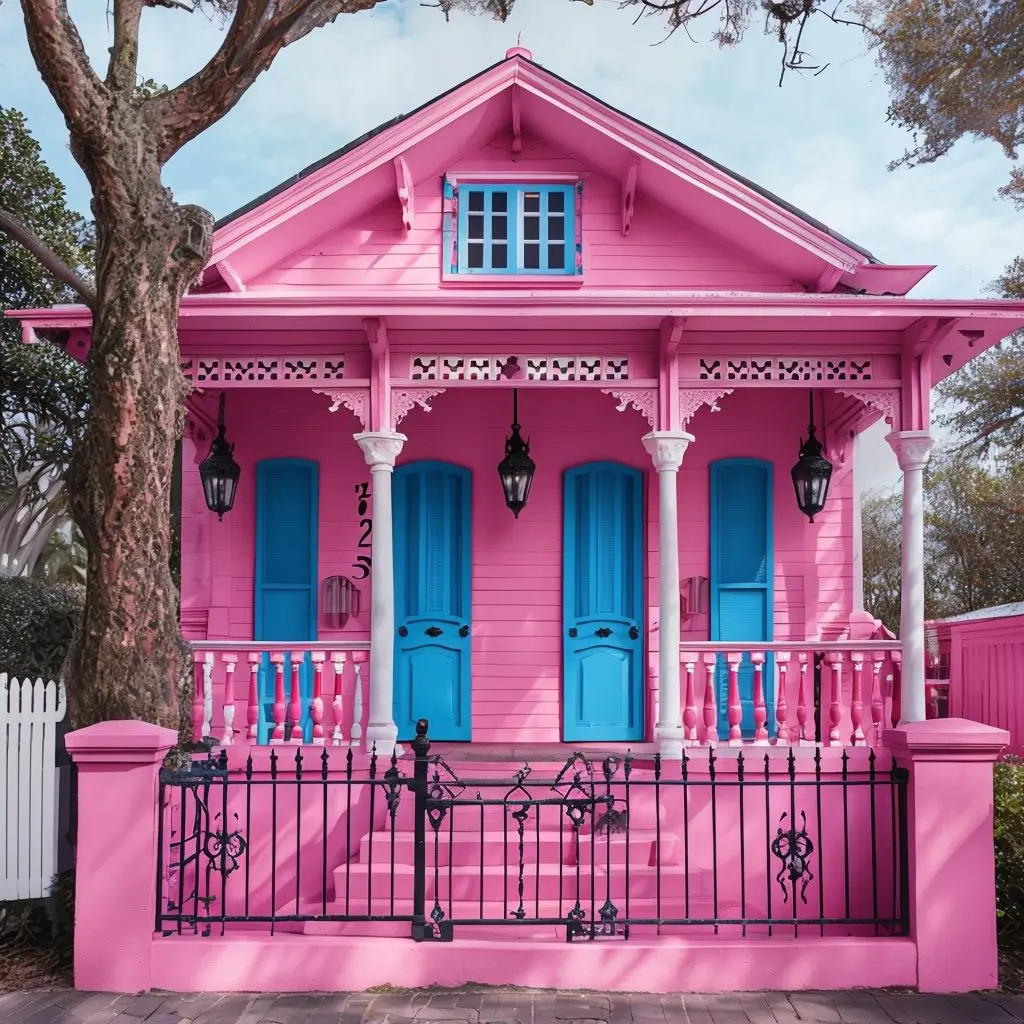Understanding the Core of Minimalist Design
Definition of Minimalism in Interior Design
So, what is minimalism, really? At its core, minimalism in interior design is all about simplicity and functionality. Think of clean lines, open spaces, and a focus on essential elements without the clutter. It’s about creating an environment that feels calm and organized, where every item has a purpose and a place.
Minimalism strips away the non-essential, focusing on what’s truly important. Imagine a room with a handful of carefully chosen furniture pieces that all serve a dual purpose – being functional and pleasing to the eye. The aim is to create a sense of order and tranquility that can improve your overall quality of life.
Minimalism isn’t just a design trend; it’s a lifestyle choice. It promotes intentional living by encouraging you to only keep items that add value to your life. This approach can help you appreciate beauty in simplicity and find joy in a clutter-free space.
Minimalism’s mantra is “less is more.” It’s a move away from over-the-top decoration and towards a more thoughtful way of living, where each item you own has a purpose and brings joy. This doesn’t mean your home has to look sterile or bland. In fact, it’s quite the opposite. A minimalist home can be warm, inviting, and uniquely you, but without the chaos that so often accompanies our busy lives.
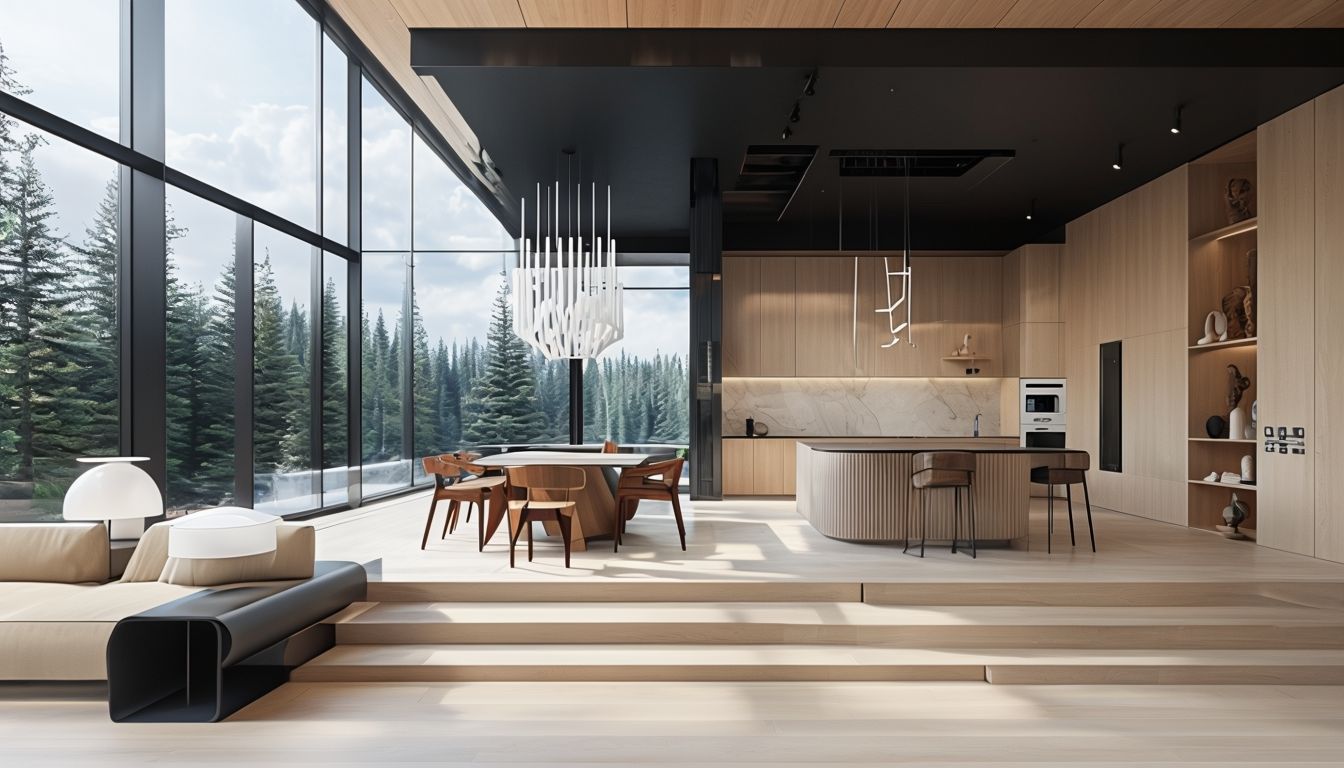
Historical Context and Evolution of Minimalist Design
Now, let’s take a trip down memory lane. Minimalism as a design movement started gaining momentum in the mid-20th century, influenced by Japanese Zen philosophy and modernist principles. It evolved from a reaction against the overly ornate styles of the past, towards the simplicity and the beauty of bare essentials. Over the years, it has transformed into various forms but has always maintained its essence of “less is more.”
The origins date back to 1917 – the De Stijl art movement in the Netherlands, which emphasized abstraction and simplicity. The Bauhaus movement in Germany also played a crucial role in promoting the idea of functional beauty. As minimalism evolved, it absorbed influences
from these movements and became a staple in modern design. Today’s minimalist design is a blend of these historical roots and contemporary needs, making it both timeless and adaptable.
Japanese influence, particularly Zen philosophy, is also evident in minimalist design. Zen emphasizes simplicity, tranquility, and the importance of natural elements. We can see this influence in the use of natural materials like wood and stone, as well as the importance of natural light and open spaces.
Minimalist design continued to evolve throughout the 20th century, influenced by various art and design movements. In the 1960s and 1970s, minimalism became synonymous with avant-garde art and architecture, characterized by its stark, geometric forms and monochromatic palettes. Today, minimalism has become more mainstream, embraced for its practicality and aesthetic appeal.
The cultural upheavals of the 1960s and 1970s also played a role in the rise of minimalism. As society sought simplicity and clarity amidst rapid change, minimalist design offered a refuge. It represented a move towards authenticity and away from the excesses of the past. In the decades since, minimalism has continued to adapt, incorporating modern technologies and sustainable practices while staying true to its core principles.
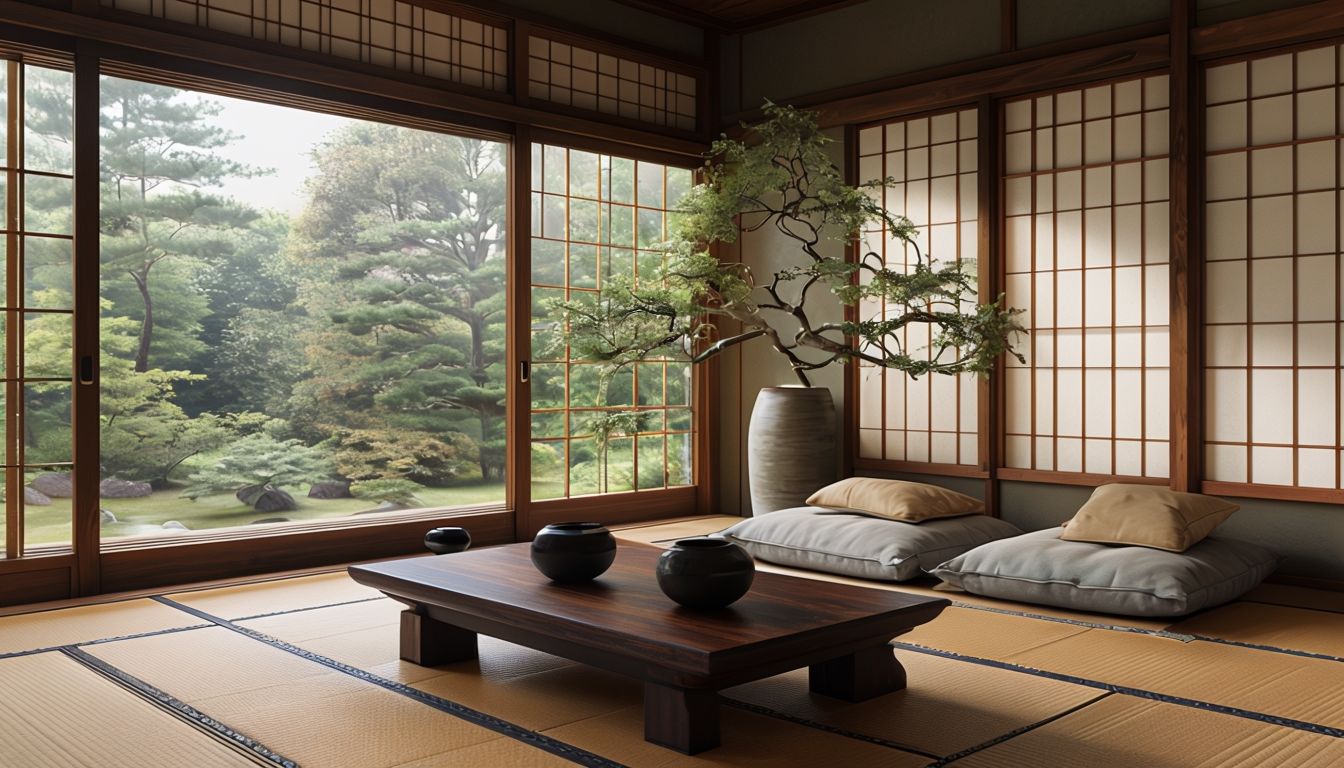
Key Characteristics of Minimalist Spaces
So, what should you look for in a minimalist space? The hallmarks of minimalist design include neutral color palettes, open floor plans, and a restrained use of decor. Think of materials like wood, glass, and metal that bring a sense of natural calm. Every piece of furniture or decor should serve a dual purpose- being both functional and aesthetically pleasing. It’s all about creating a serene atmosphere that feels spacious and uncluttered.
Neutral colors like whites, grays, and beiges dominate, creating a blank canvas that enhances the sense of space and light. Textures play a significant role too: smooth wooden surfaces, soft fabrics, and transparent glass elements that add depth without overcrowding. The idea is to create harmony and balance, where everything feels just right, without any unnecessary frills.
Furniture in a minimalist home tends to be simple and streamlined. Look for pieces with clean lines and minimal ornamentation. Multi-functional furniture is also a common feature in minimalist spaces, such as a sofa bed or a coffee table with hidden storage. This not only maximizes the functionality of your space but also helps maintain the clean, uncluttered look that is central to minimalist design.
Lighting is yet another important aspect of minimalist design. We usually prefer natural light, so large windows and open spaces are common features. When minimalist designers or homeowners use artificial lighting, it is often in the form of simple, unobtrusive fixtures that provide abundant illumination without drawing attention to themselves. The goal is to create a bright, airy space that feels inviting and comfortable.
Minimalist design isn’t limited to visual elements only. It’s also about the experience of the space. The sound, scent, and even the feeling of the air can all contribute to the minimalist atmosphere. For example, you might choose a quiet air purifier to maintain a serene soundscape
or use natural scents like essential oils to create a calming environment.
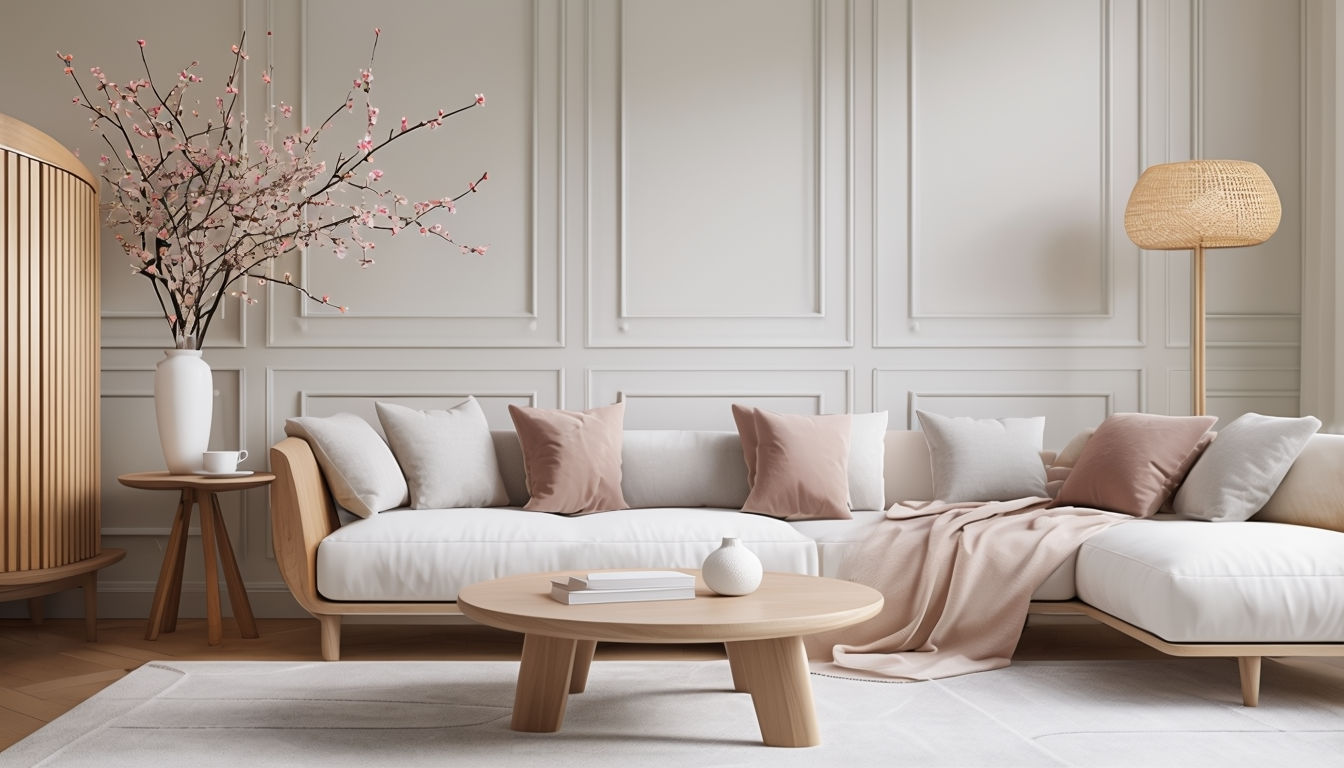
Benefits of Adopting Minimalist Home Design
Why should you bother going minimalist? Besides the obvious aesthetic appeal, minimalist design can also improve your mental well-being. Living in a clutter-free space can reduce stress, improve focus, and make your home easier to clean and maintain. It encourages mindful consumption. It often makes you think twice before buying and bringing the latest novel items into your home. Plus, it’s a sustainable choice, as it promotes the idea of rather having fewer, but better-quality items that last longer.
Minimalism helps create a sanctuary from the chaos of the outside world. It promotes a lifestyle that values experiences over possessions, helping you focus on what truly matters. Imagine coming home to a space that feels like a breath of fresh air, where every item
sparks joy and serves a purpose. It’s not just a design choice; it’s a way of life that can lead to greater happiness and fulfillment.
In addition to the mental and emotional benefits, minimalist design can also have financial advantages. By focusing on quality over quantity, you may find that you spend less money on unnecessary items and more on things that truly enhance your life. This can lead to long-term savings and a more sustainable lifestyle.
Minimalism also encourages a more organized and efficient home. With fewer items to manage, you can spend less time cleaning and organizing and more time enjoying your space. This can lead to a greater sense of control and satisfaction in your daily life.
Adopting a minimalist lifestyle can also have a positive impact on the environment. By choosing to own fewer items and opting for quality over quantity, you are reducing your consumption and waste. This sustainable approach can help reduce your carbon footprint and contribute to a healthier planet. Additionally, minimalist design often incorporates eco-friendly materials and practices, further supporting environmental sustainability.
Minimalism can also improve your relationships. By focusing on what truly matters, you can create more meaningful connections with the people in your life. A clutter-free home provides a peaceful environment where you can spend quality time with family and friends without the distractions of excess possessions. This can lead to stronger bonds and a greater sense of community.
And there you have it! A deeper dive into the world of minimalist design. Whether you’re just starting out or looking to refine your minimalist approach, these principles can help you create a home that’s both stylish and serene. Happy designing!
